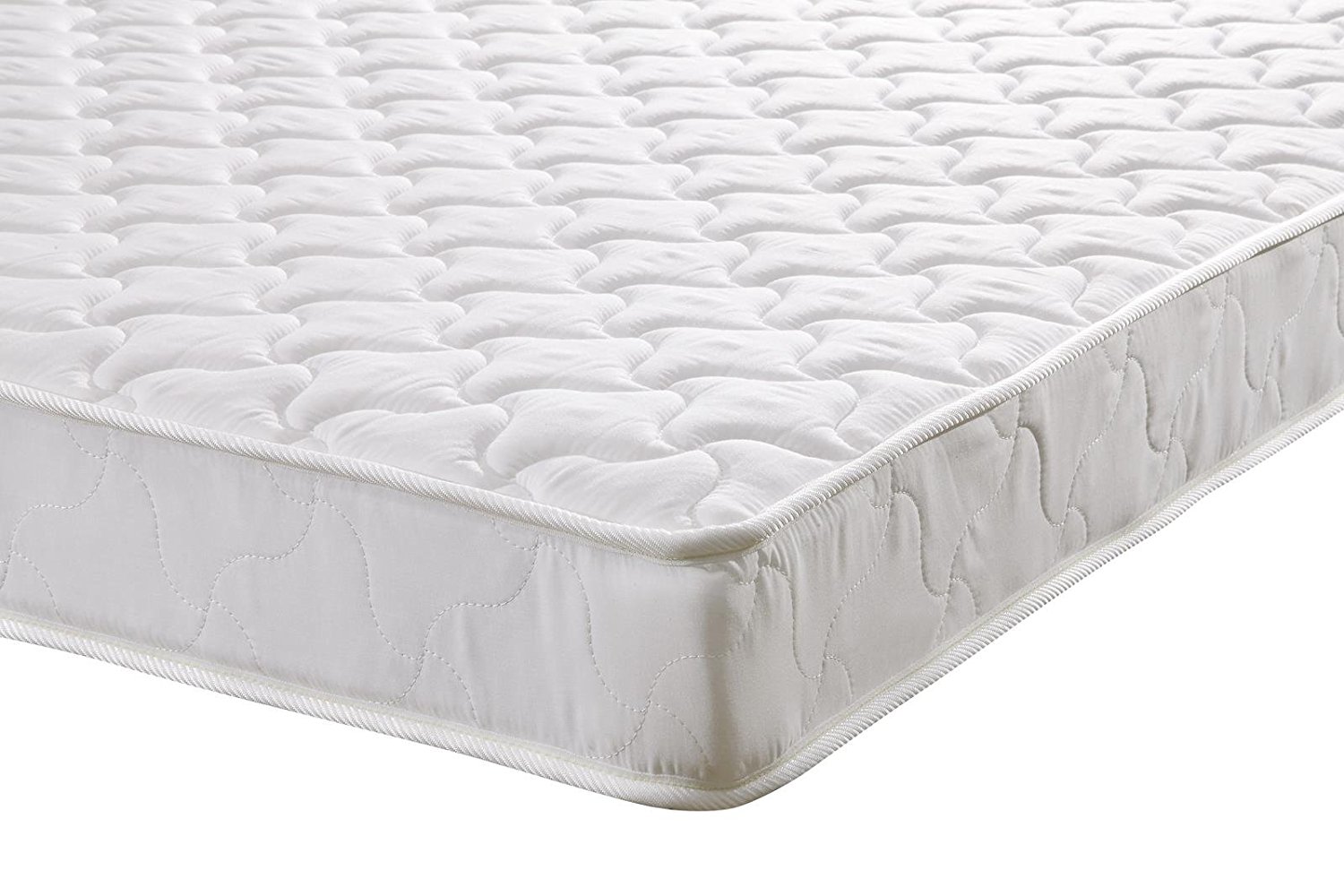
Parametric studies are then carried out by varying the thickness of the soft soil layer and the tensile stiffness of the geosynthetic encasement for a given set of soft clay and column parameters. Two-dimensional finite-element analysis (FEA) was used to simulate the behavior of a geosynthetic-encased stone column in soft clay loaded by an embankment. Based on the soil and column properties, settlements and stresses can be determined by means of analytical solutions or numerical analyses, and this paper compares the results of these two procedures by means of parametric analyses. In extremely soft soils, encasing the granular column with geosynthetic material improves their stiffness and strength. Stone columns with granular material are often used to support embankments over soft soil. Based on the review, it can be inferred that usage of electro-osmotic treatment for stabilizing the fine-grained soils is beneficial, and its higher efficiency can be obtained by selecting suitable electrodes and devising the scheme appropriately for the polarity reversal and current intermittences. This review intends to summarize the results obtained from the several field-based case studies and laboratory-based experimental studies to understand the variation in the water content, Atterberg limits, permeability, seepage, consolidation, shear strength, mineralogical and physicochemical characteristics of the soil due to electro-osmotic treatment. In addition, a brief description of the critical factors that affect the efficiency of electro-osmotic treatment is presented. A review of the enhanced engineering characteristics of soils due to electro-osmotic treatment is presented in this paper. There is absolute evidence that during the electro-osmotic treatment, the basic index, physicochemical and engineering properties of the soils was found to be modified. The electro-osmotic treatment for stabilizing fine-grained soils is gaining importance in the field of geotechnical engineering. This article summarizes the limitation and discovers the potential opportunities for future research and future collaborations. However, the improvement ratio increases at a rate of 1.6% for every 1% reduction in the length to diameter ratio. The stress concentration ratio decreases at a rate of 0.7–0.8% for every 1% reduction in the length to diameter ratio of the column.

The study observed that the displacement method of column installation is most widely used in the field to construct the encased stone column.

Further, the study also presents bibliometric network maps to recognize the global research trends based on the publication database.

The outcome of the study is presented in terms of the load-transfer mechanism and the evolution of the stress concentration ratio, efficiency in improving the soft clay stresses developed in the encasement and mode of failure. The review aims to recapitulate basic details of the encased stone column (ESC) reinforced soil and enlist the outcomes obtained from the laboratory-based experimental, numerical and analytical studies. This paper presents a systematic review to explore the performance of the soft clay reinforced with an encased stone column.


 0 kommentar(er)
0 kommentar(er)
